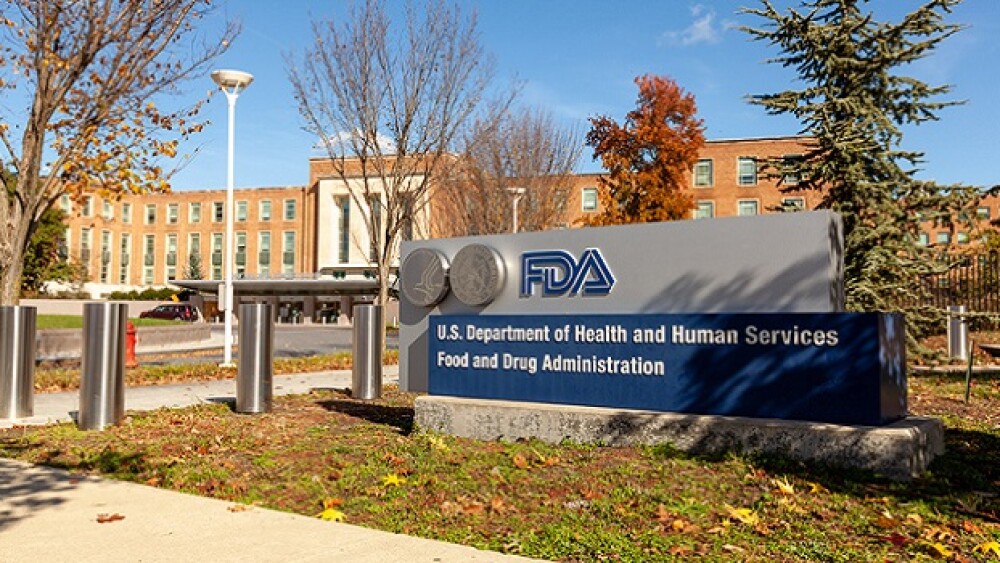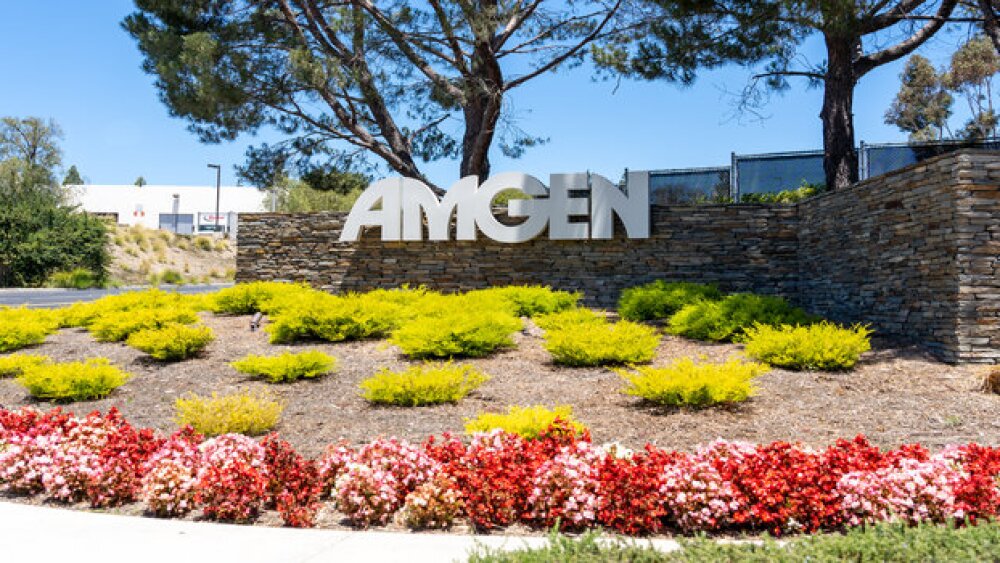BrainStorm Cell Therapeutics announced the publication of peer-reviewed data from a Phase II trial in progressive multiple sclerosis Thursday showing “preliminary evidence of efficacy.”
BrainStorm President and CMO Ralph Kern, M.D./Courtesy BrainStorm Cell Therapeutics
BrainStorm Cell Therapeutics has made headlines recently for NurOwn in ALS, but the Israel and New York-based biotech considers itself a platform company.
To this end, the company announced the publication of peer-reviewed data from a Phase II trial of NurOwn in progressive multiple sclerosis Thursday showing “preliminary evidence of efficacy.”
Importantly, the therapy was also proven safe in the small study, which consisted of 20 participants with progressive MS.
Seventeen of the 20 patients received all three scheduled intrathecal administrations of NurOwn, BrainStorm’s proprietary platform consisting of autologous mesenchymal stem cells (MSC) that secrete neurotrophic factors (NTF).
The study compared these 20 patients to 48 matched controls from the Comprehensive Longitudinal Investigation of Multiple Sclerosis (CLIMB) registry of Brigham and Women’s Hospital and the Ann Romney Center for Neurologic Diseases. All comparison metrics fell strongly in NurOwn’s favor as the study met all endpoints.
NurOwn demonstrated “large, clinically meaningful improvements in some patients,” across measurements in all endpoints measured, BrainStorm reported.
In the first, 19% of participants treated with NurOwn responded with a 25% or greater improvement in the timed 25-foot walk speed (T25FW) or the 9-hole peg test (9HPT) at 28 weeks compared to baseline. This contrasted with 4% of the matched CLIMB controls.
In another endpoint, 67% of NurOwn-treated patients showed a 3-point or greater improvement in the symbol digit modality test (SDMT) compared to 18% of matched CLIMB registry patients.
Aside from the CLIMB registry, 38% of participants treated with NurOwn showed an improvement greater than or equal to 10-points from baseline in the multiple sclerosis walking scale (MSWS).
The data was published Thursday in the Multiple Sclerosis Journal.
In an interview with BioSpace, BrainStorm President and CMO Ralph Kern, M.D. said patients were selected for the trial on the basis of stable disease. This means they had not had a requirement for rescue medications in at least six months and were able to stay on disease-modifying therapies.
This enabled BrainStorm to ask: Could the repeated administration of NurOwn result in an improvement in neurological function?
“Setting the experiment up that way gave us the possibility of demonstrating this change after treatment,” Kern shared. By using a matched natural history cohort, “we were able to make comparisons on the type of changes that would be seen over the same time course.”
Dr. Jeffrey Cohen, M.D., a neurologist at the Cleveland Clinic’s Mellen Center for MS and lead study investigator, urged caution when interpreting the results.
“It was an open-label study in which everybody was treated with NurOwn cells and it was a relatively small study, so there is the potential for some placebo effect,” he told BioSpace in an interview.
Unmet Need in Progressive MS
In progressive MS, the three greatest areas of need are the loss of ambulation, visual changes and cognitive problems, Kern said. He discussed the ways in which NurOwn could potentially address them.
“There’s uncontrolled inflammation in progressive MS despite currently available therapies,” he said, noting that the common term for this is smoldering inflammation.
Additionally, “in the course of progressive MS, the neural support systems are failing. So the neurotrophic factor delivery [of NurOwn] potentially addresses the lack of support for the neurons and their activities.”
Third, Kern outlined, “Neurodegeneration is an important element in progressive MS. Similar to the effects on the neurodegenerative process in ALS…we think that NurOwn can afford a measure of neuroprotection.”
Treatment with NurOwn “consistently resulted in increases in cerebrospinal fluid neuroprotective factors,” BrainStorm reported. Reductions in inflammatory biomarkers were also observed, which the company claims confirms the proposed mechanism of action in this indication.
Kern said Thursday’s publication “adds to the awareness that our technology platform is really a platform. It’s not simply a single indication.”
Meaningful Biomarkers
He added that the biomarker outcomes support the mechanism of action because of the similar changes in CSF seen in both MS and ALS.
Kern drew two specific parallels between the Phase II MS study and the Phase III ALS trial.
“I think there are commonalities, particularly around the changes in inflammatory biomarkers after treatment…and also the ability of the cells to deliver neurotrophic factors consistently over time,” he said.
Cohen said “the biomarker studies presumably would not be affected” by the trial design.
The desired treatment in this space is one that “could first have an effect on progressive MS - that’s objective and can be can be measured – and two, that gives people the hope that these changes in function are not irretrievable,” Kern shared.
Cohen noted that in progressive MS, “The disease-modifying therapies that work in earlier relapsing MS don’t seem to help, and none of them promotes repair and restores function. So the indications from this trial that NurOwn may lead to repair and improvement in function, at least in some patients, that’s actually quite exciting.”
He went on to explain the way in which NurOwn potentially accomplishes this.
“Presumably, the way NurOwn cells, which are derived from mesenchymal stem cells, work is by elaborating factors that promote intrinsic repair mechanisms,” Cohen explained. “They don’t themselves remyelinate but they augment the natural repair processes.”
As for next steps, Kern shared that BrainStorm is discussing the Phase II results with the international MS community – particularly MS experts.
The company will also present additional data at the 38th Congress of the European Committee for Treatment and Research in Multiple Sclerosis (ECTRIMS) conference in October.
The Current Treatment Landscape
In the progressive MS space, “More efforts are underway now to try to focus on what’s important to patients,” Kern said, as opposed to in the past when efforts have been more scientifically focused around specific concepts like remyelination or neuroprotection. “I think moving back to the patient is the way forward. I think we have to go backward to go forward in progressive MS.”
Besides NurOwn, Cohen shared that another approach being studied uses factors derived from mesenchymal stem cells, rather than giving the cells themselves.
He also pointed to “the probable availability of...[Bruton Tyrosine Kinase] BTK inhibitors over the next year or two” as being exciting.
BTK inhibitors "[have] some actions that are different than our currently available therapies...which we think will make them effective not only in relapsing MS but also in progressive MS,” Cohen noted.
Lastly, he said, “the increasing evidence supporting some role for Epstein-Barr Virus as either a trigger of the disease or [possible] involvement in the ongoing disease process,” holds excitement as a therapeutic strategy for progressive MS.







